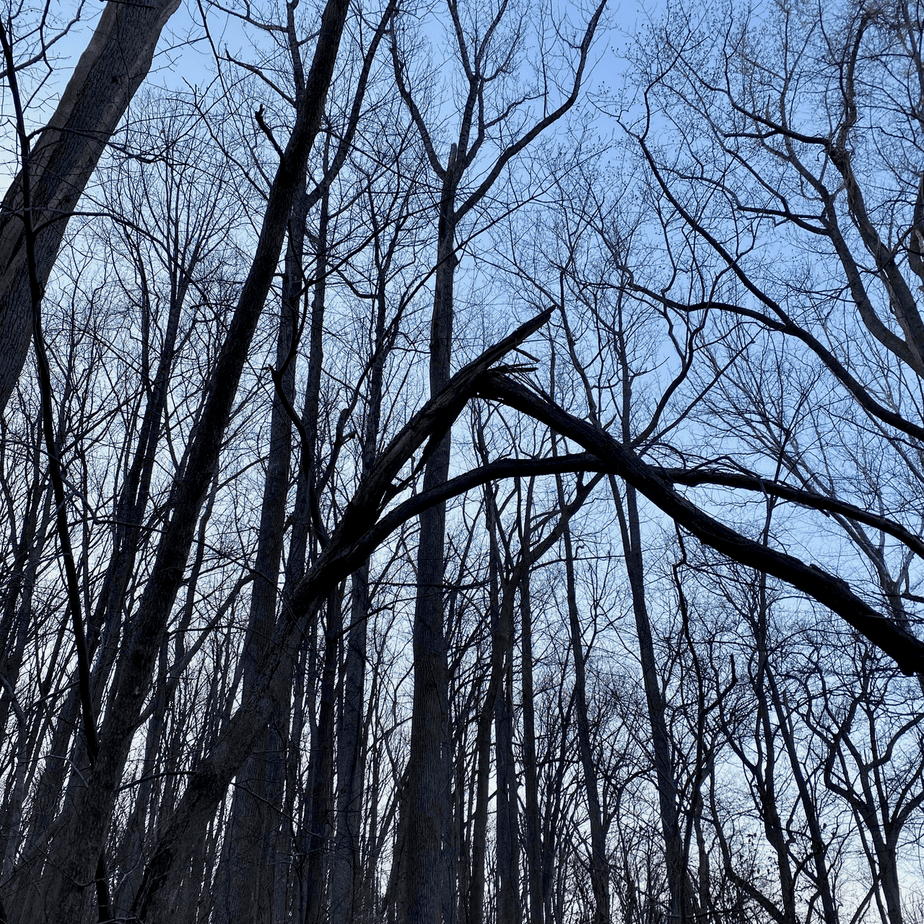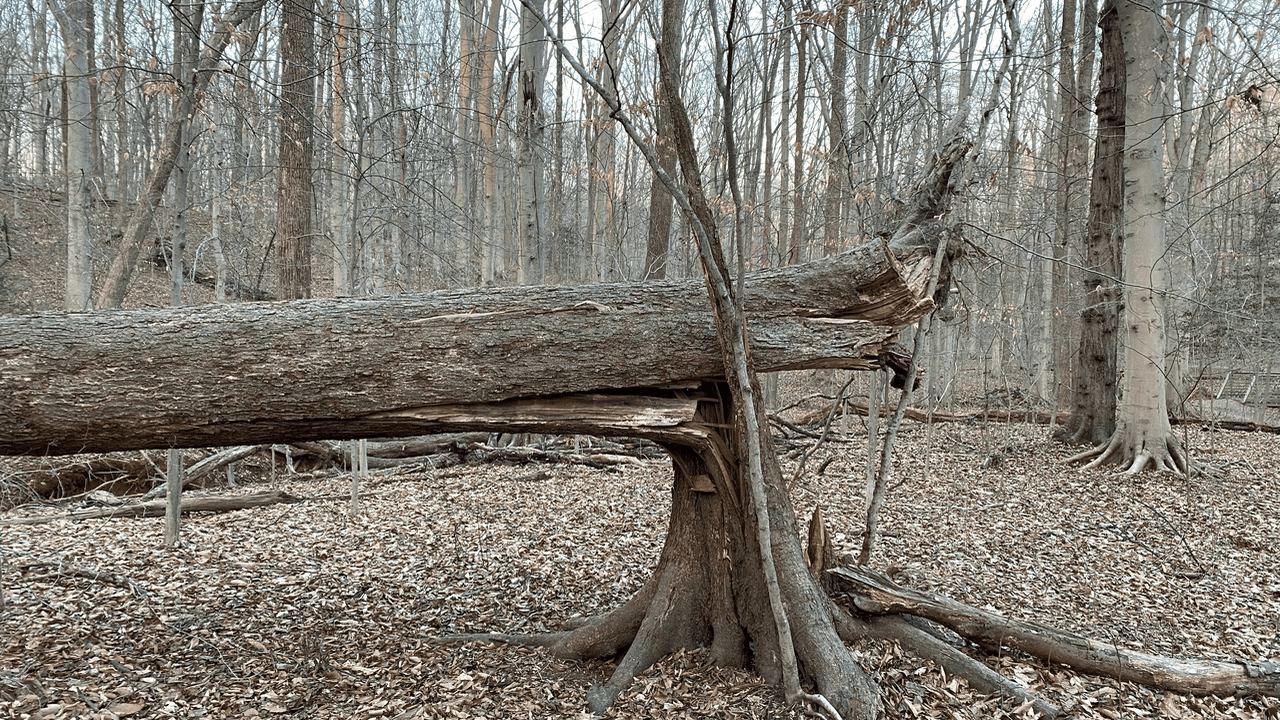Wind damage happens to trees for a variety of reasons. Read more to find out common reasons that trees are damaged by strong winds. This list is not exhaustive.
The Strength of the Wind
Obviously, wind strength varies. The Beaufort Wind Chart helps to estimate wind speed. When winds get up to and over 25 mph, there is a strong chance that some tree will sustain some sort of damage. Wind is really interesting. Walking in the woods made me realize that wind on the ground is not always the same as the wind 100 or more feet in the air. Sometimes the tops of the trees are whipping around and there is almost no wind at ground level.
The Type of Tree
I previously wrote about wood strength. You can read about that here. The strength of healthy wood also has an impact on its ability to resist damage to high winds. Also, the general branch structure makes a difference too. Tall hardwoods and pines in the west evolved to resist wind and storm damage. Bradford pear trees, which most are genetically modified for aesthetics, usually do not fair well in high winds.
Wind Damage and Water
When the ground is soggy there is a slightly greater chance that trees can be blown over. Their root system doesn’t have a firm tight base to adhere to. Trees and tree branches that are saturated are heavier. This puts more stress on weaken areas and increases the chance of failure.
Tree Health
Finally, healthy trees are more able to withstand violent weather. However, even healthy trees can have faulty branch structures or fail in stormy weather.

